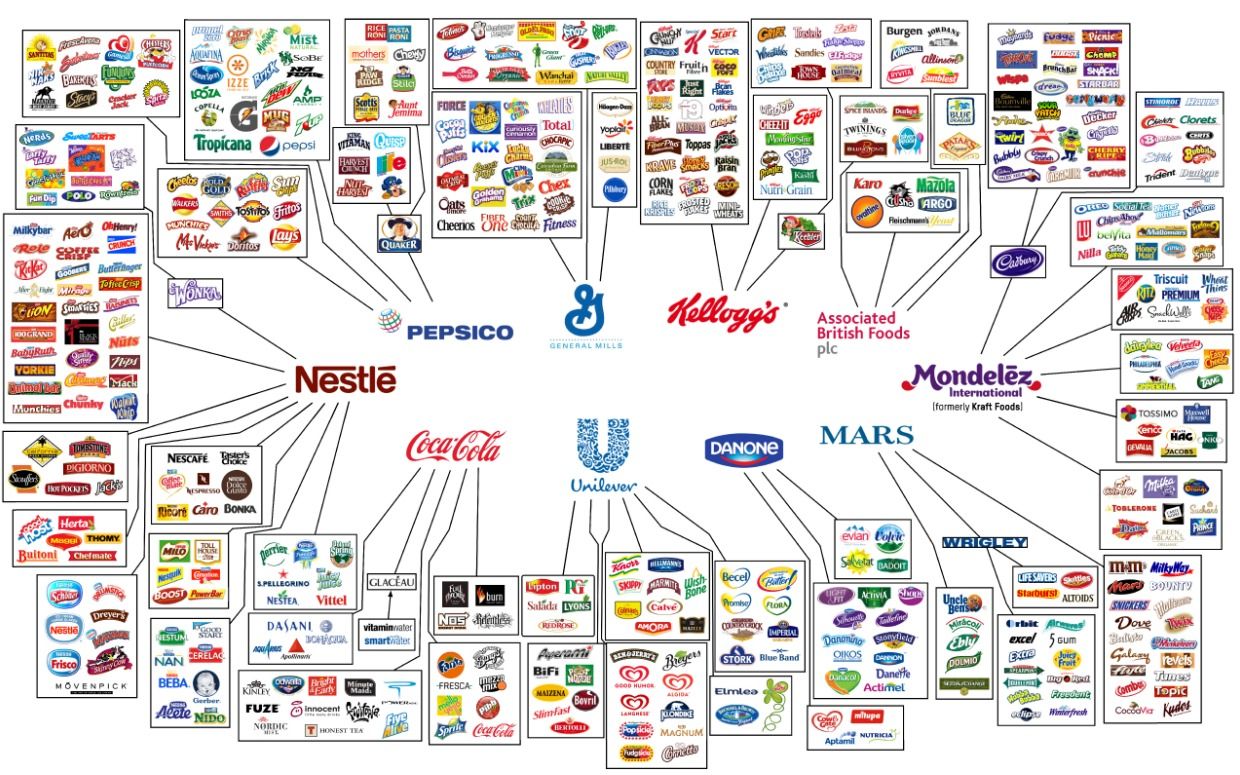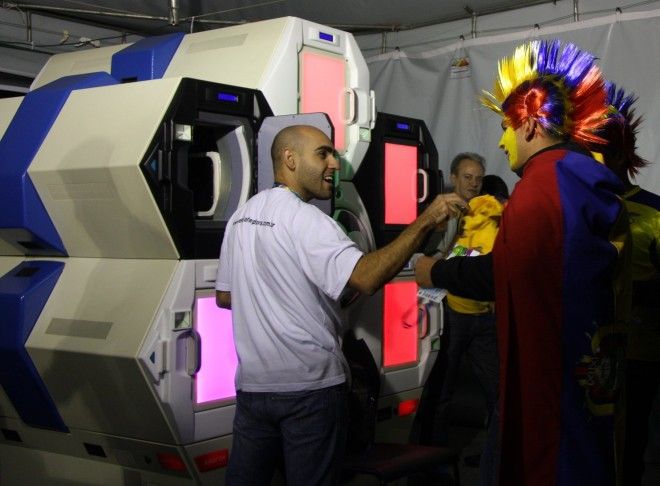Aug 12, 2014
Big Corporations Have An OVERWHELMING Amount Of Power Over Our Food Supply
Posted by Seb in category: food
By Michael Snyder — Washington’s Blog

From our fields to our forks, huge corporations have an overwhelming amount of power over our food supply every step of the way. Right now there are more than 313 million people living in the United States, and the job of feeding all of those people is almost entirely in the hands of just a few dozen monolithic companies. If you do not like how our food is produced or you don’t believe that it is healthy enough, it isn’t very hard to figure out who is to blame. These mammoth corporations are not in business to look out for the best interests of the American people. Rather, the purpose of these corporations is to maximize wealth for their shareholders. So the American people end up eating billions of pounds of extremely unhealthy food that is loaded with chemicals and additives each year, and we just keep getting sicker and sicker as a society. But these big corporations are raking in big profits, so they don’t really care.
If we did actually have a capitalist system in this country, we would have a high level of competition in the food industry. But instead, the U.S. food industry has become increasingly concentrated with each passing year. Just consider the following numbers about the U.S. agricultural sector…








 Most of you will know that in December 2012, I wrote 4 blog posts here at the Lifeboat Foundation, explaining why Spaceport Colorado will be an enormous success. The blog posts are:
Most of you will know that in December 2012, I wrote 4 blog posts here at the Lifeboat Foundation, explaining why Spaceport Colorado will be an enormous success. The blog posts are:







